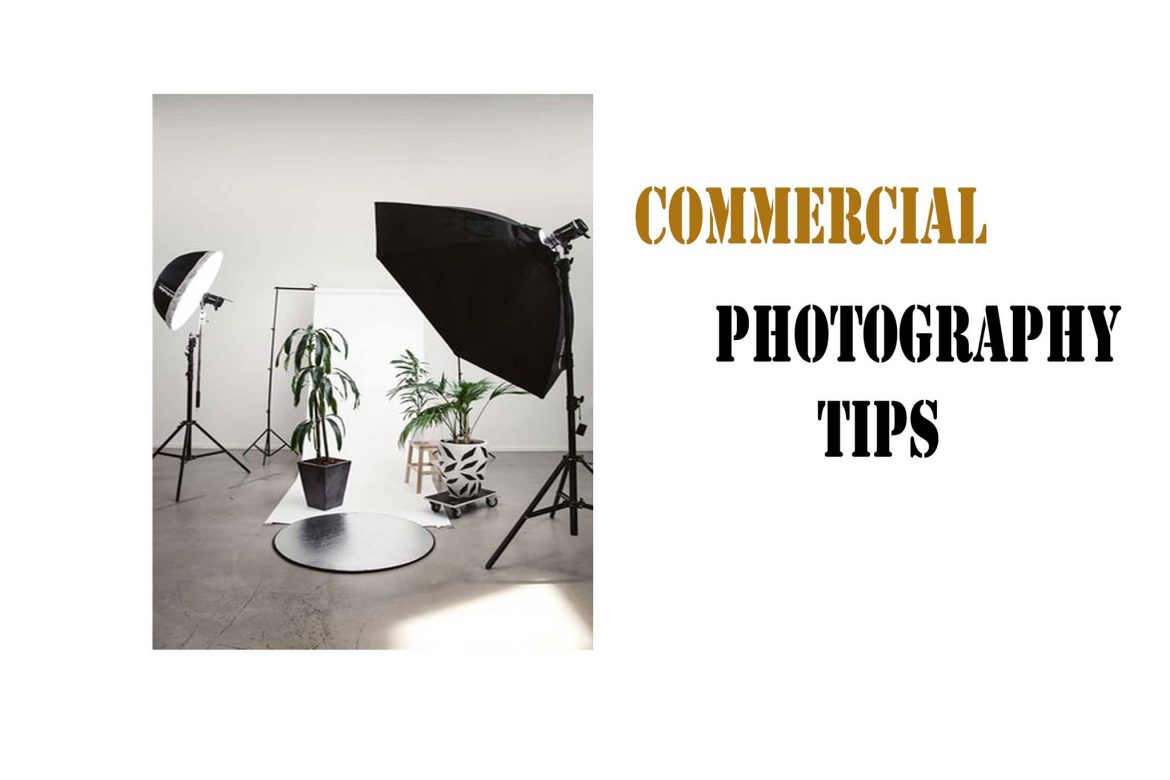Every photoshoot should have the goal of producing top quality photography. This requires lots of planning. Planning may take up additional time than actually shooting. Poorly or poorly planned shoots can result in poor photography that could have been even better.
A solid plan is vital to ensure that your shoot runs smoothly from the contract negotiation to final file delivery.

Communicate with the client & understand their expectations
Creating a relationship with potential clients is the best solution to make yourself a success. Ask questions, get to know the job and brand so that you will will be able to approach the assignment confidently and clearly. This is especially true if you are working with small business owners.
Ask your clients about their previous experience with photography. These questions will let you build a rapport together with your client. They'll also set expectations for your respective roles in the collaboration. Some clients prefer to keep in touch with everything while others would rather enable you to take the lead.
Make a plan of shot lists and gears
After you have chosen the marketing strategy and type of photography, you can start to plan your shoot. Clients will likely offer you creative direction and an inventory to pick from. For a personal shoot you will need to create a moodboard, a go list, in addition to a gear list. To ensure that nothing is missed or forgotten, these lists will let you keep track of what you need. Pre-production is about eliminating as many unknowns as possible in order that you don't waste your time and money on set.
Although it may be a rough outline, this will be refined into a detailed shot list and schedule. This consists of information regarding locations, talent instructions and props. It also contains information regarding image composition and sample photos. A good shot list can help ensure that both client and the photographer team are on a single page. They will also know what to anticipate from the shoot.
Understand that your client isn't paying just for the files. It is also about your creativity and conceptualization skills. In the initial meetings, always make an effort to pitch some creative ideas at your first meeting. This demonstrates you aren't somebody who will simply show up with a camera and be told of how to proceed.
Scout for the proper location
The right location should have the lighting, background, space, and other elements essential to achieve the final image you desire. To choose when and where each scene will undoubtedly be shot, the photographer and client must go together. You should be in a position to comprehend the mechanical features of the location, such as how to start lights.
Select talent
Although it is possible to get talent quickly, it really is most ideal once the client and photographer can easily choose willing participants fitting certain requirements before the shoot. This also provides the possibility to instruct the talent in what to wear. Hire stylists (e.g. You can hire stylists (e.g., hair/makeup, wardrobe), to make sure the subjects look their finest.
Prepare props & backups
Props are a key element in a photo's success. You don't wish to be restricted with what you have on hand. You should search for things with character, and you ought to always have options to test which ones work best during shooting. A prop stylist is a wonderful resource for styling props and will help you choose the best props.
Know the contract & compensation
Professional photography business shouldn't be neglected in the legal realm. The best job requires model releases, usage rights, compensation bids, and model releases. Contracts are legally binding. It is important to have the details of your agreement written in order to avoid any legal problems down the line.
Although it is common for clients to specify the use of a photograph and enough time they plan to utilize it, full buyouts are becoming more common. A complete buyout allows your client to use the image on all platforms at any time and indefinitely. This gives your client freedom, and is simpler for online and social media marketing usage. The entire buyout is usually probably the most expensive option as the copyright to all or any images passes to the client.
Whatever terms you agree to, ensure they're clearly stated in the contract so that all parties can understand them.
Remember that every shoot requires a different amount of planning. Sometimes, budget and time permit more planning than others. To generate the best creative environment, you must strike a balance between spontaneity and planning. https://pps.innovatureinc.com/what-is-commercial-photography/ You shouldn't be discouraged if you don't manage to check all the boxes for every shoot. We promise you that better planning and the usage of these tips will lead to more lucrative photo shoots, together with higher quality images.
SOURCE
https://www.adobe.com/creativecloud/photography/discover/commercial-photography.html
https://www.shootfactory.co.uk/tips-to-a-successful-commercial-photo-shoot/
https://www.linkedin.com/pulse/tips-planning-successful-commercial-photoshoot-jason-risner/
